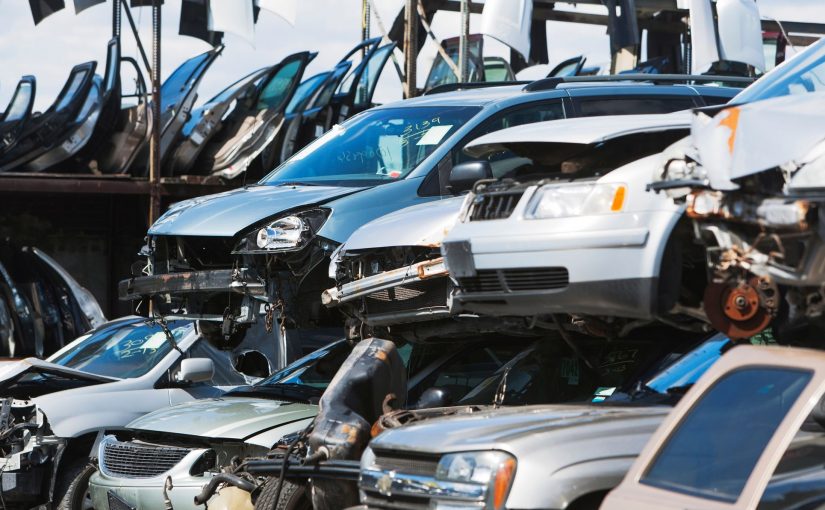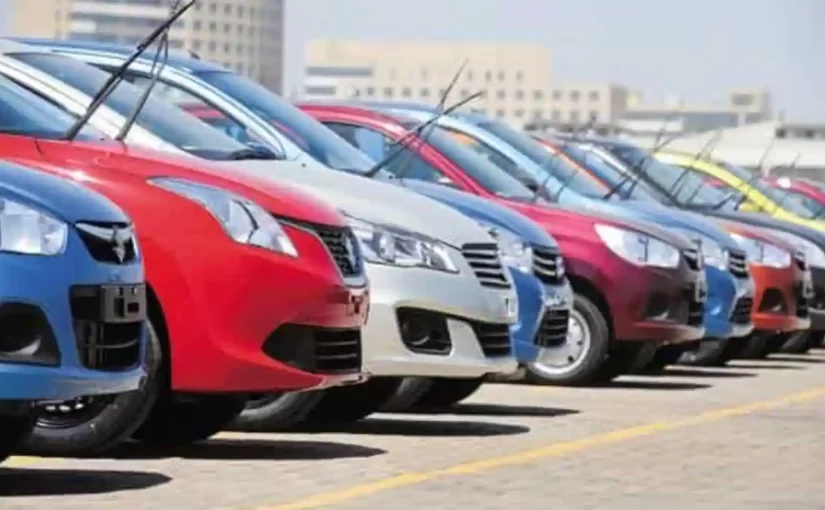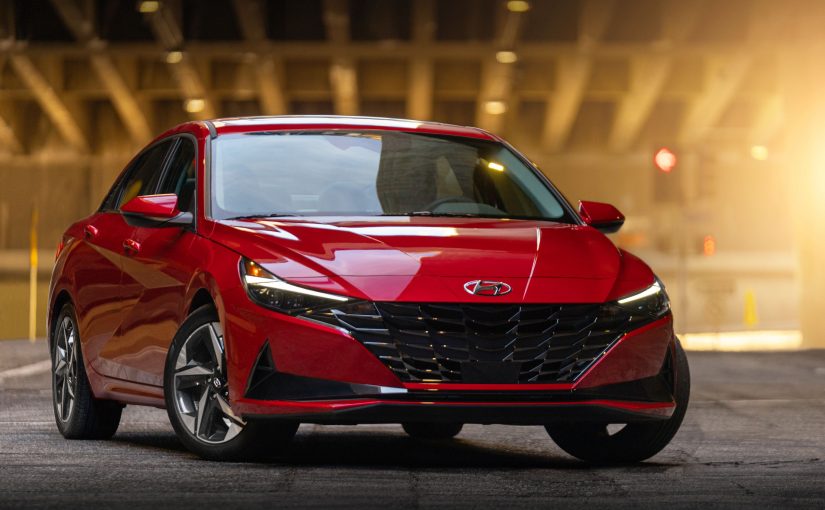Vehicle scrapping is the process of using old or unwanted vehicles for manufacturing new cars. When the car has come to an end, it is often sent to a vehicle recycling station. These places used to be called landfills. To conserve resources and reduce costs in many areas, car recycling has become a direct production method.
Multiple cars are recycled one item at a time.
In multiple garages, customers can remove used parts from damaged and broken vehicles to save money on repairing their cars. In many cases, a spare part can save a customer a lot of money than buying a spare part from an auto parts dealer. When a vehicle is split to the point that it has nothing else to recycle, it is put into a shredder, leveled, and sold to a vehicle recycling plant and cast into iron ingots. Car recycling is a profitable business, and buyers looking to get rid of their car should look at the stores to see which recycling company is right to sell the car with the maximum price for vehicle recycler.

There are many groups who are protesting against recycled car production and its regions. A vehicle recycling group nearly wiped out some cars with cult followers. The groups are hoping to save some of the old or unwanted standard cars from the chopper jaws. Governance initiatives such as “garbage” laws force people to demolish and replace old car models with newer and more competent models. Many old inverter cars were destroyed to the point that no significant examples of controversial cars remained. Others are limited to the museum’s status as lone survivors.
At the end
Auctions and online sales have almost replaced recycling under the guise of swap meetings. The disassembly of some cars resulted in production being driven by aftermarket manufacturers. In many cases, counterfeiters use unique tools used by the original carmaker to rework replica parts.


